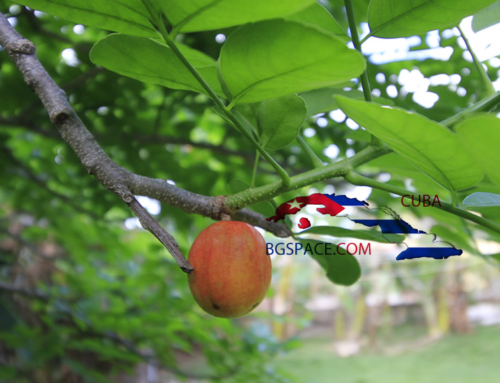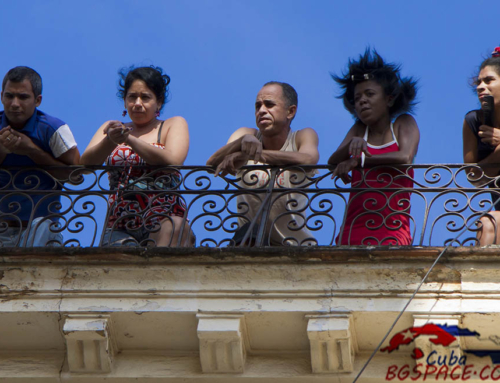You want to go fishing in Cuba? Here is what you need to know:
-
- Using harpoons in Cuba’s national reserves is strictly prohibited! Fines may amount up to 5000 CUC/EUR. Nevertheless, you will see some of the local fishermen around Havana fishing with harpoons. It is possible that you have problems if carrying harpoons in your luggage. Read here for more information.
- You can fish with a fishing rod in most spots in Cuba. Make sure, however, you carry your own equipment since there are very few places in Cuba where you can find one.
- Marlin, also known as swordfish, is very fast and hard to catch, it is the dream of many fishermen. The best time to get a grip of a Marlin, or Marlin Dorado, as they call it in Cuba, is from February until October. Find out more about the weather in Cuba here.
- If Tuna fish, or tuna aju as they call it in Cuba, is your choice then your time is from December until February.
- If you want to see the mild-tempered whale shark in the Gulf of Mexico you may visit Cuba from December until March.
- Keep in mind that the cold front of frente frio is active in Cuba from the end of November until March. In this period you might stumble upon rough sea and get the seasickness.
- Avoid fishing in Cuba from September until the beginning of November – there is a great danger of hurricanes.
- The predatory barracuda is present all year long – its meat is delicious but quite stringy and with many bones.
- On a boat you may also catch the delicious grouper:
- The red snapper can be caught all year long – an exceptionally delicious fish.
- Sharks are rare in Cuba. They can be seen to the north and not often occasion in the Caribbean. To take a glimpse of them you need to sail far into the Gulf of Mexico and the Atlantic Ocean. The most popular sharks in the Caribbean Sea are the harmless fox shark and the Mako shark.
- The lobster, or the langosta as they call it in Cuba, is a delicacy there, but its hunting is forbidden since its kind is becoming drastically extinct.
- Shrimps in Cuba are maybe the only kind bred in ponds near to Santiago de Cubaа.
- With a little bit of luck, the right equipment, and a boat you might catch a 50-kilogram Coral Grouper.
- If you decide to go diving watch our for Muraenas – they are very aggressive and resemble eels.
- In Cuba, you can catch scad, pigfish, blue tang, or some of the yellow-blue small fish that usually inhabit the reefs near the Cuban and tropical shores around the world.
- Sabalo might also become one of your catches – a 3-metre long fish that swims in tranquil waters around harbours. Its meat is very stringy and requires certain precooking procedures.
- If you see turtles, don’t touch them, they are an extinct kind. There are around four types of turtles that lay eggs in several spots in Cuba. On Cayo Largo there exists an organization for turtle preservation and a turtle breeding farm.
- Around rocky spots, especially near Trinidad, you might stumble upon sea-urchins, so make sure you take your aqua shoes with you!
And about the harpoons again:
- Fishing with harpoons in Cuba is strictly prohibited, especially to the south! This ban is needed in order to preserve the coral reefs.
- There are no restrictions on using fishing rods except on Cayo Largo and other reserves. The most curious fishing spot is the Gardens of the Queen near Camaguey.
- If you, after all, indulge in some diving with a harpoon you might see the predatory barracuda. My advice is to avoid carrying shiny objects in order to prevent an attack.











